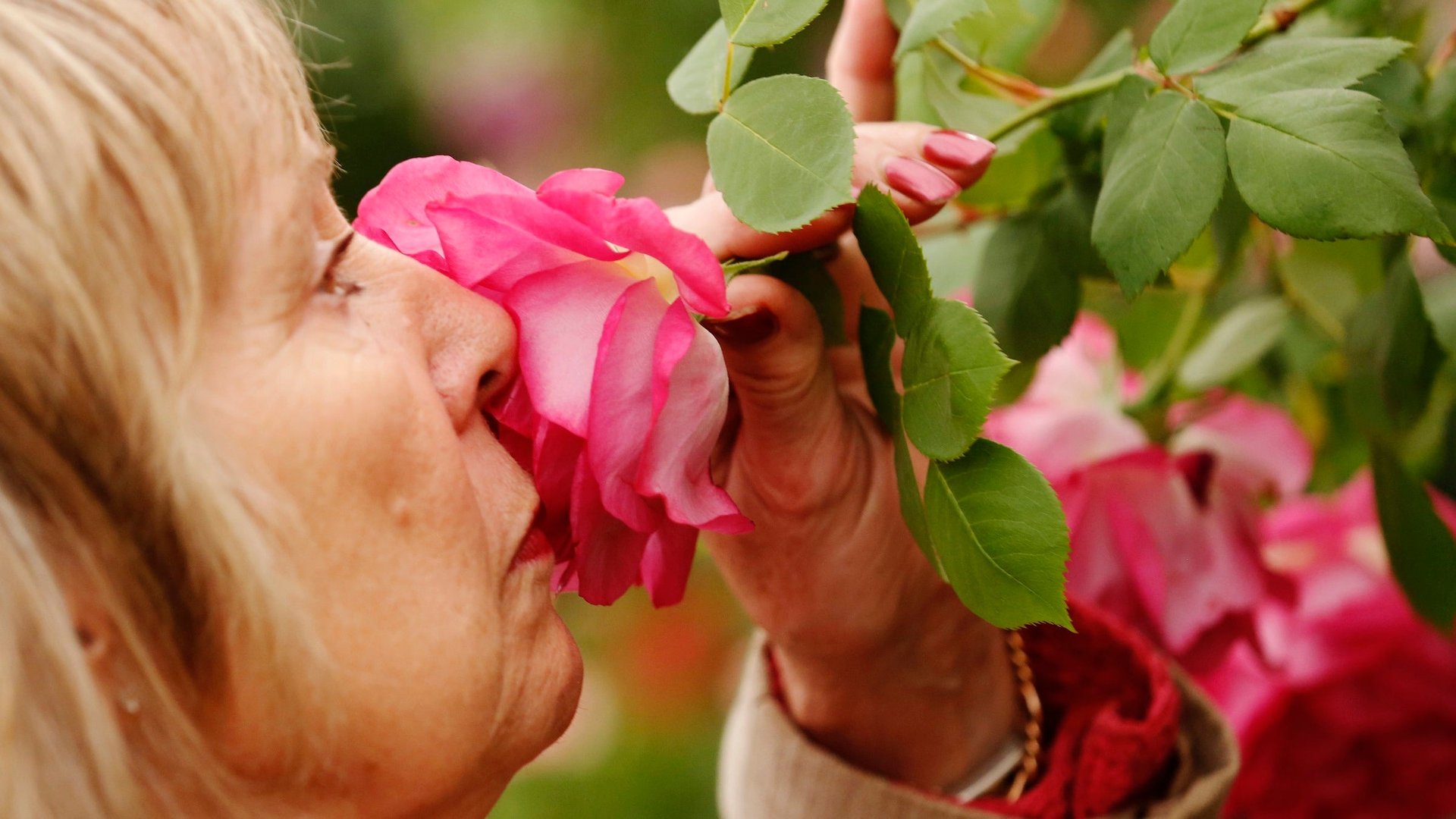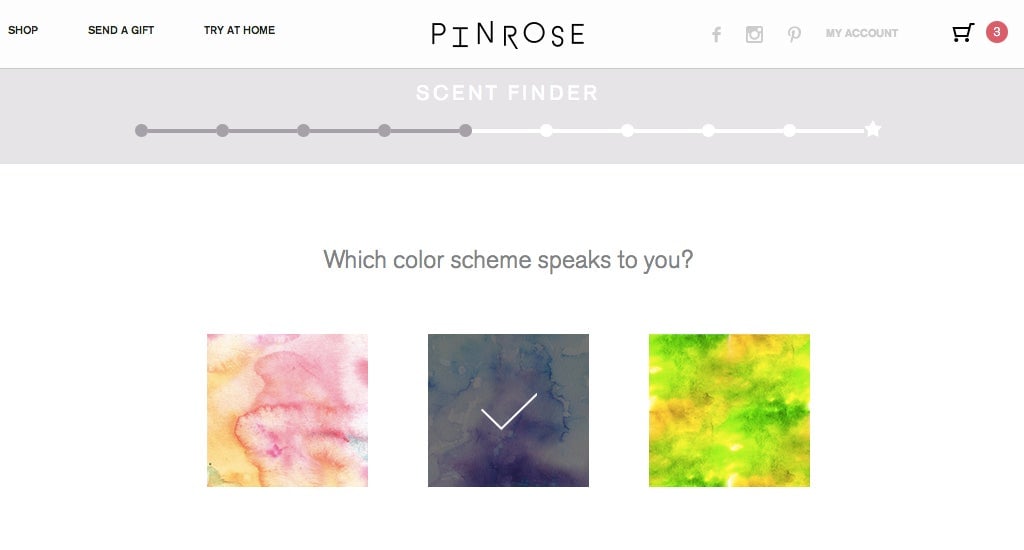How your favorite color may predict your perfect perfume
Your five senses are so closely related that your favorite music and colors can predict what smells you’ll enjoy. But those preferences aren’t always straightforward: Not everyone who likes the color blue will love the smell of the ocean. So how does one determine which sensual choices overlap? By collecting tons of data and seeing which streams cross.


Your five senses are so closely related that your favorite music and colors can predict what smells you’ll enjoy. But those preferences aren’t always straightforward: Not everyone who likes the color blue will love the smell of the ocean. So how does one determine which sensual choices overlap? By collecting tons of data and seeing which streams cross.
Erika Shumate, co-founder of online perfume startup Pinrose, hopes to do just that. The startup’s ultimate goal is to sell perfume online: At $50 for a 1-oz bottle, the 10 original scents it sells online are comparable in price to competing big name brands. But the added benefit of the site, the site’s founders say, is helping customers to select perfumes through an online quiz.
Shumate, who studied the psychology of scent as an undergrad at Yale, thinks the psychological quirk of interacting senses could change the way people buy fragrances. Informed by the work of her mentor Alan Hirsch, founder of the Smell & Taste Treatment and Research Organization, Shumate now considers herself a “fragrance aficionado” and has teamed up with Stanford Business School classmate Christine Luby to profit from that skill.
Luby and Shumate created a scent-selecting algorithm based on synesthesia-based questions about color and sound preference. These questions, Luby said, are informed by research by Hirsch and other sense-savvy scientists. Studies have shown that musical properties, in particular the beats-per-minute of a song, can relate to different odors (pdf), as do Colors, shapes and light intensity. After having a test group attribute different color and sound properties to scents, they reversed the process; they asked 750 female perfume consumers about auditory and visual prompts and found they could predict scent preference with 75% accuracy.

Luby thinks the results are more intriguing than if consumers were quizzed on more frivolous questions about, say, their personality. “Spiky shapes often mean you want citrus notes—that’s just the way you experience that scent in your brain,” she says. And for those who pick rounded shapes, a preference for vanillas and musks is much more common. “It can be kind of an esoteric industry,” Luby said, “and using other senses gives people a better vocabulary to describe the scents they like.”
Why analyze every sense other than smell? When people shop for perfumes in-store, Luby and Shumate said, their ability to smell dulls over time—so it’s actually best to narrow it down to a few perfumes before diving in. And this way, customers can do their pre-shopping online, no smell-o-vision required. After taking their quiz, buyers can opt to receive samples of three recommended perfumes for free in the mail to try on at home.
The next step is to harvest more user data. Soon, Shumate and Luby say, they hope to leverage social data—the colors in your profile picture, as well as those in your Instagram and Pinterest profiles—to further link visual and scent preferences. They’ve already found that people who preferred high exposure and warm filters on Instagram (like Valencia or 1977) pick woody scents—as opposed to fruity, floral, or food-related scents—75% of the time. It might not be long before the brightness of your photo stream helps you scent your body and home.